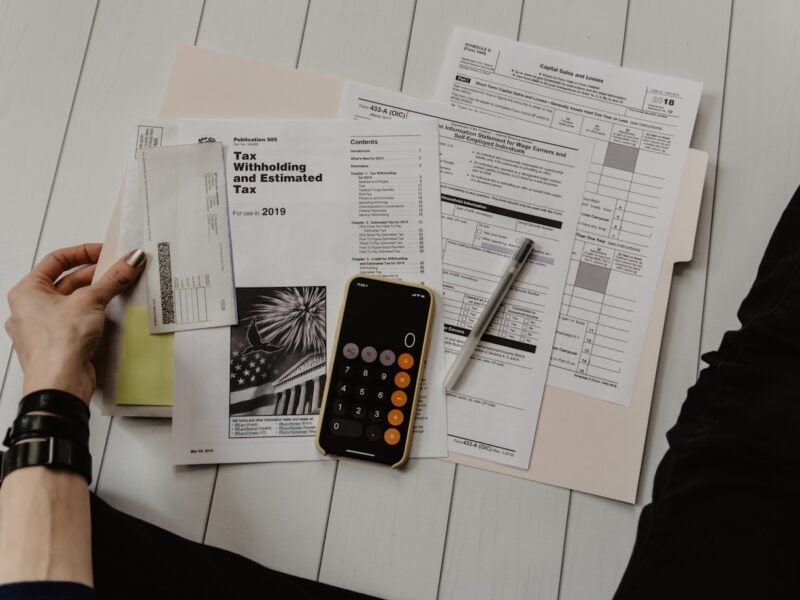When it comes to emergency planning for your business, there is no one-size-fits-all approach. Instead, the best emergency plan is the one that is tailored to the specific needs of your business and takes into account the unique risks that it faces.
There are, however, some general principles that all effective emergency plans should follow.

Here Are 6 Essential Elements Of A Good Emergency Plan For Your Business.
1. Know Your Risks
The first step in any emergency planning process is to identify the risks that your business faces. This will help you determine what types of emergencies are most likely to occur and what steps need to be taken to prepare for them.
Some common risks that businesses face include the following:
- Natural disasters (e.g., hurricanes, floods, earthquakes)
- Technology failures (e.g., power outages, website crashes)
- Human error (e.g., employee mistakes, data breaches)
- Violent acts (e.g., workplace violence, theft)
2. Develop a Response Plan
Once you know the risks that your business faces, you can develop a plan for how to respond to them. This plan should detail who will be responsible for each task and what needs to be done in the event of an emergency.
Some key elements of a good response plan include:
- Contact information for all key personnel
- A list of critical business functions and who is responsible for each
- Step-by-step instructions for responding to various types of emergencies
3. Create a Communication Plan
An effective emergency plan must also include a communication plan. This will ensure that everyone knows what to do and how to stay in touch if an emergency occurs.
Some things to consider when developing a communication plan include the following:
- How will you communicate with employees, customers, and suppliers in the event of an emergency
- Who will be responsible for updating different groups of people on the status of the situation
- What methods will you use to communicate (e.g., email, text message, phone call)
4. Establish an Evacuation Procedure
If an emergency occurs, it may be necessary to evacuate your premises. Establishing an evacuation procedure ahead of time will help ensure that everyone knows what to do and where to go if this need arises.
Some things to consider when developing an evacuation procedure include the following:
- Identifying all exits and emergency exits
- Designating a safe meeting place for employees, customers, and suppliers
- Creating a plan for evacuating people with special needs (e.g., those who are mobility-impaired)
5. Put Together an Emergency Kit
An emergency kit is a collection of supplies that you can use in the event of an emergency. This might include items such as first-aid supplies, food and water, tools, and a flashlight.
You should keep your emergency kit in a central location that is easily accessible in the event of an evacuation. You may also want to consider keeping a second, smaller emergency kit in your office or workspace.
6. Identify an Off-Site Location
If your business needs to be evacuated, it’s important to have an off-site location where employees can go. This could be a nearby office building, a hotel, or even someone’s home.
The off-site location should be large enough to accommodate all of your employees and have the necessary amenities (e.g., restrooms, food and water). It should also be close enough to your business so that employees can get there quickly if an evacuation is necessary.
In Closing
Developing an emergency plan and the use of fire safety specialists is essential for any business. By following the tips outlined above, you can create a plan that will help keep your employees safe and your business running in the event of an emergency.


